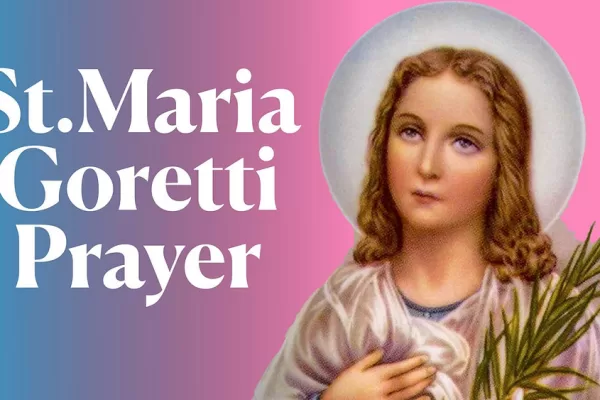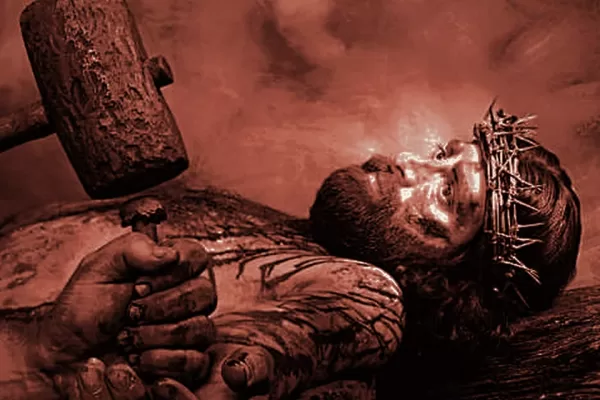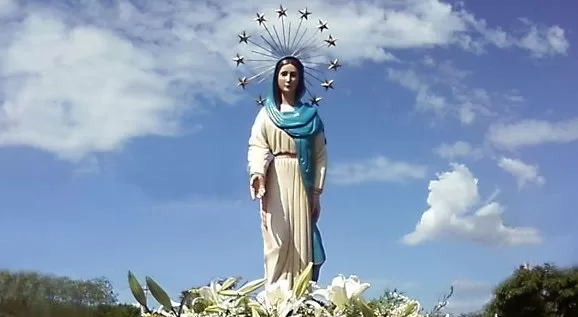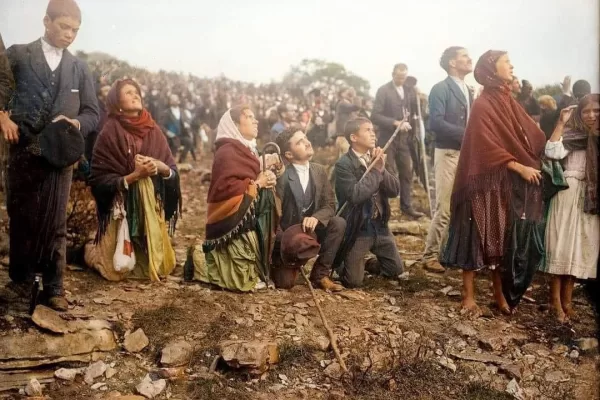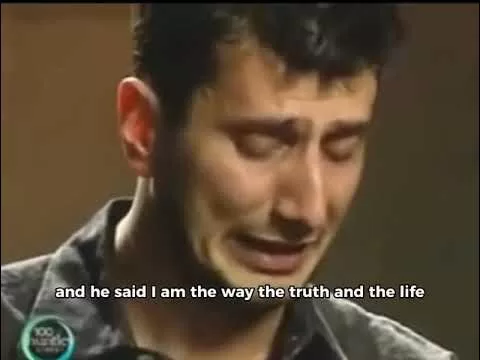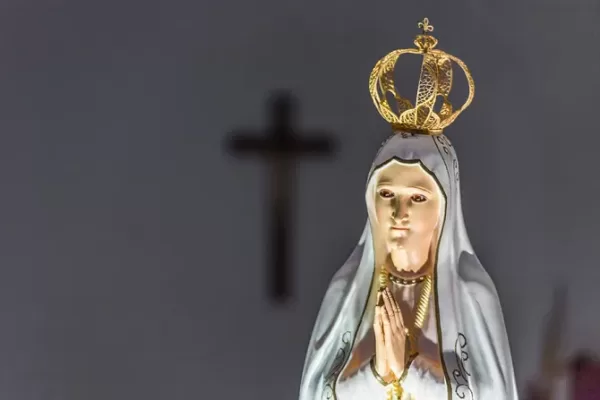By daretoliveinhim Cuapa is a town with a population of 5,000 situated in a small valley in the Municipality of Juigalpa, in Chontales, Nicaragua. Its people are very simple folk, small cattle ranchers who live a rustic lifestyle and raise cattle for family consumption. This peaceful corner of Nicaragua is where Our Mother, the Blessed Virgin Mary, began to manifest herself to one of the local farmers, who received a message from the Queen of Heaven in 1980. Two years later, the Auxiliary Bishop and Vicar General of the Archdiocese of Managua authorized the publication of the Report on the Apparitions of the Blessed Virgin Mary in Cuapa. His name was Bernardo and he was the sacristan of the town. From his childhood he had helped clean the chapel, wash the altar linens, ring the bells for the recitation of the Rosary in the evening… All this he did with sincere desire to serve God, in spite of those who made him a laughingstock. First Vision: May 8, 1980 Bernardo was struggling with personal problems at the time. One restless night, seeing as he was unable to sleep he decided to go fishing. Around noon, he started praying the Rosary. He felt immersed in a profound peace and the hours flew by. At three o’clock, he was surprised to see flashes of lightning in the sky, although there were no signs of rain. He then saw Our Lady on a pure white cloud, above one of the nearby trees. Squinting, he realized that the image he was seeing was a real person that blinked. Our Lady opened her arms and rays of light came forth from them. That was when Bernardo finally decided to ask her her name. She told him in a sweet voice, “I come from Heaven; I am the Mother of Jesus.” Then, Bernardo asked her what she wanted and she responded, “I want the Rosary to be prayed every day.” The farmer interrupted her, saying that this was something they already did in the town. However, she insisted, “I do not want them to pray it during the month of May alone. I want them to pray it always in their families… from the moment the children reach the age of reason…They should pray it at a set time that does not enter in conflict with the daily tasks of the home.”She explained that the Lord is not pleased with prayers done without thinking or rattled off mechanically, and recommended that they pray the Rosary accompanied by a reading of the corresponding Biblical passages and with an effort to live according to the Word of God. She then added, “Love one another. Carry out your duties. Make peace. Do not ask the Lord for peace, for if you all do not make peace there will be no peace.” Our Lady announced that Nicaragua would suffer greatly if the people did not change. At first, he was reluctant to say anything about this to the people, thinking that that way he would avoid problems. However, he finally told everything to the people in the town and the priest. As Our Mother had told him, some believed and others did not. What do you wish, my Mother? On June 8, Our Lady appeared to Bernardo in a dream. Bernardo asked her, “What do you wish, my mother?” She repeated her same message. Then, he made her many petitions on behalf of the people. Our Lady replied, “Some of these will come to pass; others will not.” She pointed to a certain place. He looked in that direction and saw what seemed like a movie… First, a large group of people dressed in white, walking towards the eastern horizon (where the sun rises), in a clear light, joyful as they went singing on their way. It seemed like a heavenly banquet. They were the first Christians, many of them martyrs. Then, he saw another group dressed in white with rosaries shining in their hands. One of them was carrying an enormous open book. He read and afterwards, the people meditated in silence. Then, they prayed the Our Father and ten Hail Mary’s… Our Lady explained, “These are the first to whom I gave the Rosary. This is how I want you to pray the Rosary.” He then saw a third group, dressed in a coffee color vestment, which seemed to him to be Franciscans. They also prayed the Rosary. Lastly, there was a fourth group that was so large that he could not count them all – men and women with rosaries in their hands. Bernardo suddenly felt that he could enter into this group, as they were dressed like him, but he looked at their hands and saw that they were black. However, like the previous groups, their hands radiated light. He wanted to join them, but Our Lady told him, “No. You still have to tell the people what you have seen and heard.” And she added, “I have shown you the glory of the Lord and this is what you will all obtain if you obey the Lord and the Lord’s Word…if you persevere in praying the Holy Rosary and in putting the Word of the Lord into practice.” Our Lady Weeps: October 13th Our Lady appeared once more in the same place and Bernardo insisted that she let herself be seen by the other people, so they would believe. He told her that the people said that it was the devil who appeared to him and that Our Lady was dead, dead as the dust like any other mortal being. With that, Our Lady was saddened and started to cry. Bernardo thought that it was his fault and told her, “My Lady, forgive me for what I said. You must be very angry with me. Forgive me. Forgive me.” But, Our Lady told him, “I am not angry, nor do I get angry. I am saddened by these people’s hardness of heart. You must pray for them, that they may change.” Bernardo started to cry. He was filled with sadness at seeing Our Lady in this state. While Bernardo…
